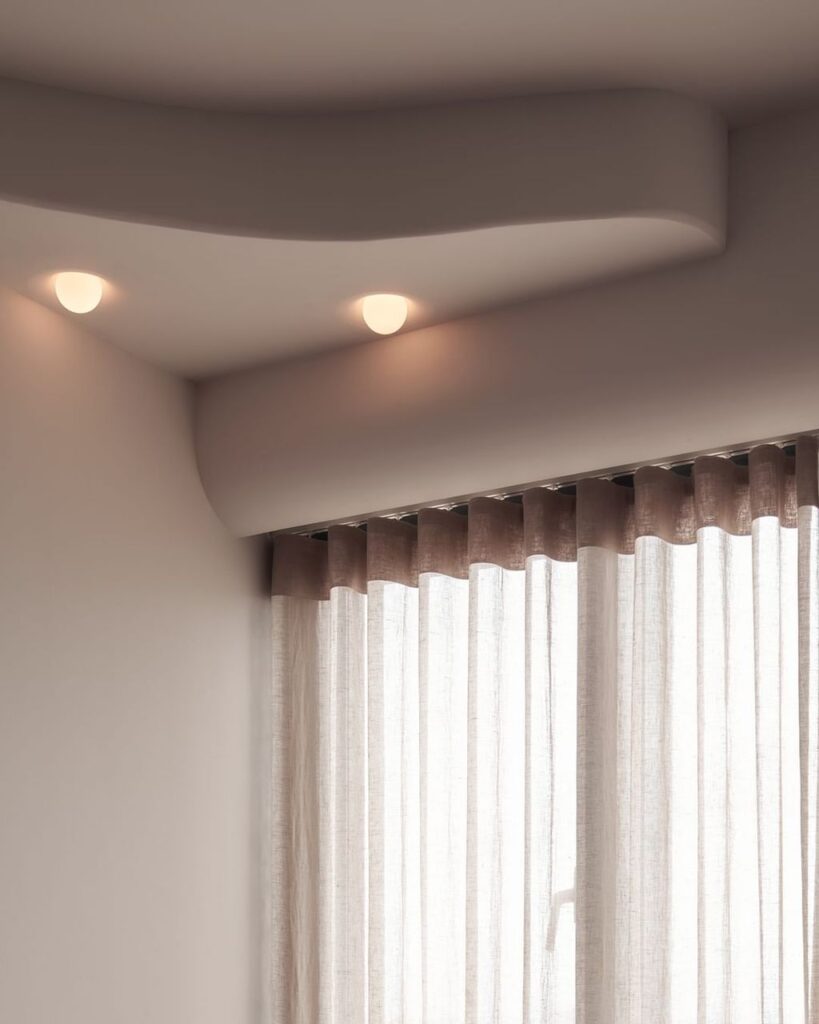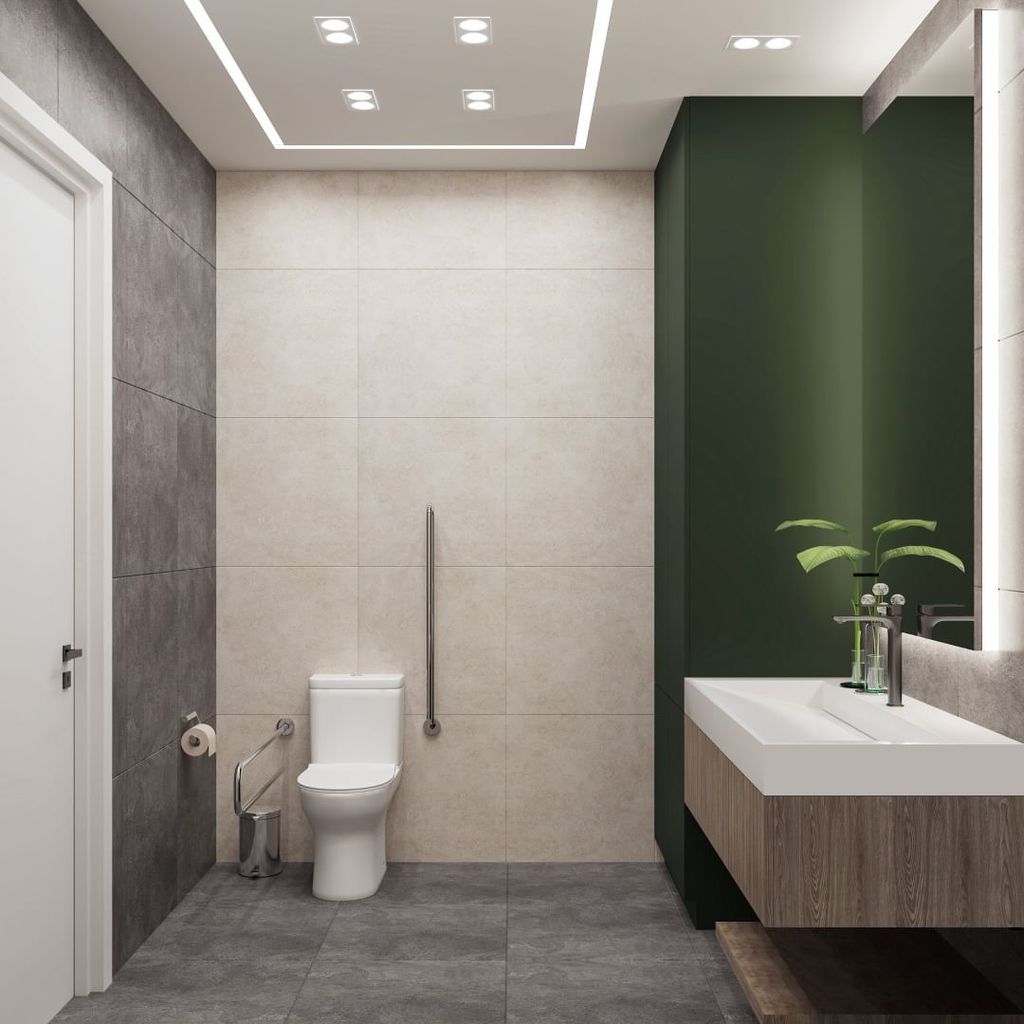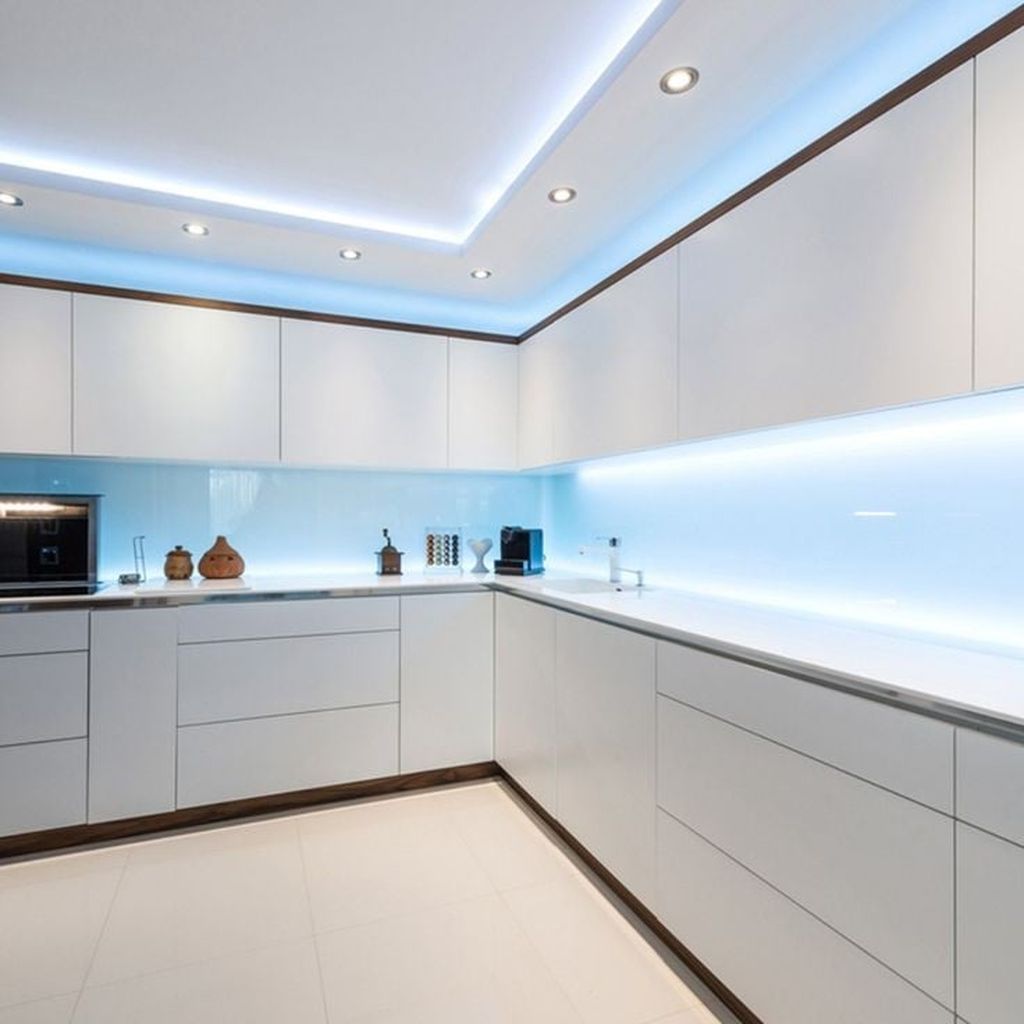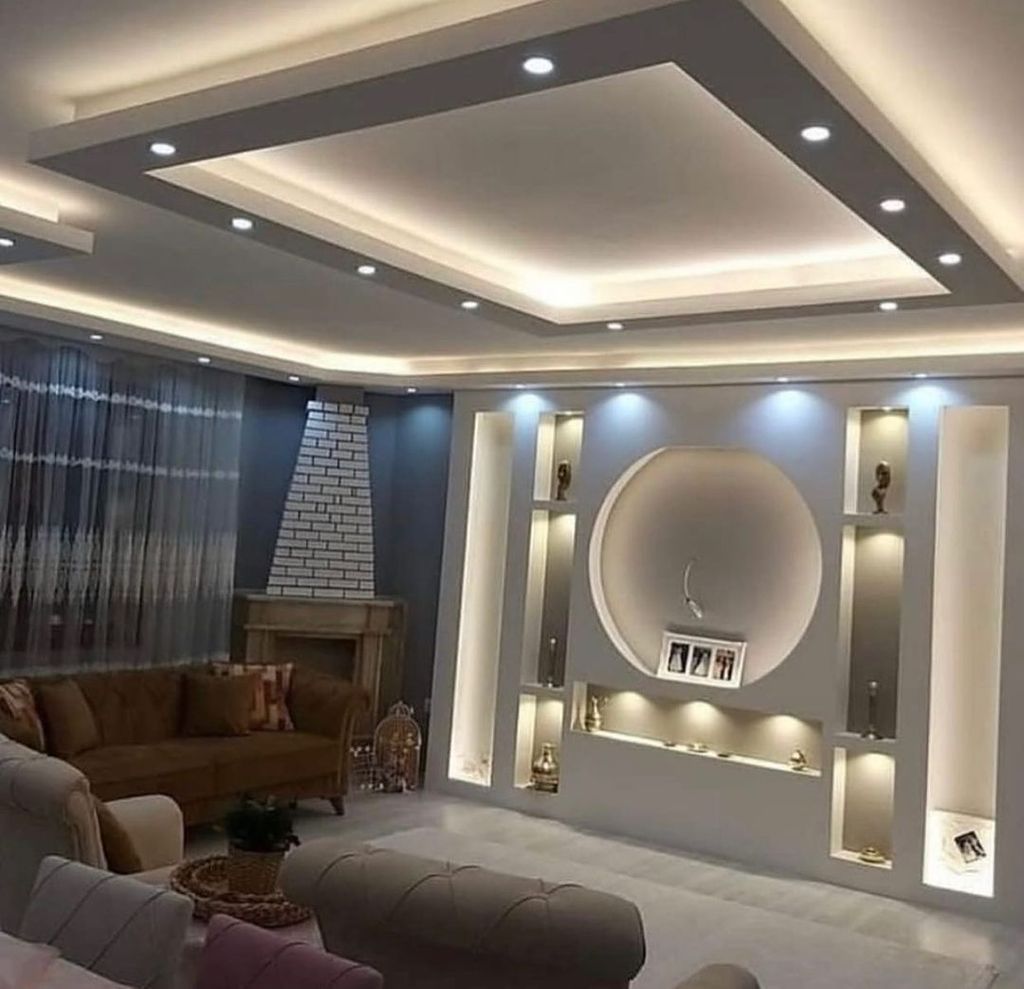Gypsum board ceilings, also known as drywall or plasterboard ceilings, are widely used in modern construction due to their versatility, durability, and aesthetic appeal. These ceilings offer a range of options that cater to different functional and design requirements. In this article, we will explore the various types of gypsum board ceilings, their characteristics, and the benefits they bring to residential and commercial spaces.
Gypsum board ceilings are a popular choice in both residential and commercial buildings. They are made from a combination of gypsum, water, and additives, resulting in a lightweight and versatile construction material. The flexibility of gypsum boards allows for various designs, textures, and finishes, making them suitable for different applications.
1. Standard Gypsum Board Ceilings

Standard gypsum board ceilings are the most commonly used type. They offer a smooth and seamless finish that enhances the overall appearance of a room. These ceilings are easy to install and provide good fire resistance and sound insulation properties. Standard gypsum boards are available in different sizes and thicknesses, allowing for customization based on specific project requirements. Standard gypsum board ceiling from solluminaire.
2. Moisture-Resistant Gypsum Ceilings

Moisture-resistant gypsum ceilings are designed to withstand high humidity and moisture levels. These ceilings are commonly used in areas such as bathrooms, kitchens, and basements where moisture can be a concern. The gypsum core of these boards is treated with moisture-resistant additives and covered with a water-repellent paper facing, ensuring durability and preventing mold or mildew growth. Bathroom gypsum ceiling from toon.project.
3. Fire-Resistant Gypsum Ceilings

Fire-resistant gypsum ceilings are specially formulated to provide enhanced fire protection. These ceilings contain glass fibers and other additives that increase their fire resistance rating. Fire-resistant gypsum boards help to slow down the spread of flames and provide valuable evacuation time in the event of a fire. They are widely used in commercial buildings, hospitals, and other spaces where fire safety is paramount. Kitchen gypsum ceiling from smart.wallpapers.kenya.
4. Soundproof Gypsum Ceilings

Soundproof gypsum ceilings are designed to minimize sound transmission between rooms. These ceilings incorporate additional layers of gypsum board or sound-dampening materials to reduce noise transfer. They are ideal for spaces where privacy and acoustic comfort are crucial, such as offices, conference rooms, and recording studios. Soundproof gypsum board ceilings contribute to a quieter and more peaceful environment. Office gypsum ceiling from yydesignbuild.
5. Decorative Gypsum Ceilings

Decorative gypsum ceilings offer endless possibilities for creating visually stunning interiors. These ceilings can be customized with various patterns, textures, and shapes to achieve unique and artistic designs. Decorative elements such as cornices, rosettes, and moldings can be added to enhance the aesthetic appeal. Decorative gypsum board ceilings are often used in luxury residences, hotels, theaters, and restaurants to create a luxurious and elegant ambiance. Decorative gypsum ceiling from gypsum_expert_tz.
6. Suspended Gypsum Ceilings

Suspended gypsum ceilings, also known as drop ceilings, are a popular choice for spaces that require easy access to utilities and wiring. These ceilings consist of a grid framework that holds the gypsum boards in place. The grid system allows for easy installation and maintenance of lighting fixtures, air conditioning ducts, and other services. Suspended gypsum board ceilings are commonly used in commercial buildings, retail spaces, and educational institutions. Drop ceiling ideas from jabalpur_falsecelling_design.
7. Curved Gypsum Ceilings

Curved gypsum ceilings add a touch of architectural sophistication to any space. These ceilings are created by bending or shaping gypsum boards to form graceful curves and arches. Curved gypsum board ceilings are often seen in modern and contemporary designs, creating a sense of fluidity and visual interest. They can be used to highlight specific areas or create unique focal points in residential and commercial interiors. Curved gypsum ceiling from tungstenelectricals.
8. Integrated Lighting Gypsum Board Ceilings

Integrated lighting gypsum board ceilings combine the functionality of lighting fixtures with the elegance of gypsum board ceilings. These ceilings feature built-in lighting systems that are seamlessly integrated into the gypsum boards. Integrated lighting gypsum board ceilings provide ambient lighting, task lighting, or accent lighting, depending on the specific design and requirements. They are commonly used in modern homes, offices, and retail spaces to create a visually appealing and well-lit environment. Lighting gypsum ceiling from branddecor_interiors.
9. Green Gypsum Board Ceilings
Green gypsum board ceilings are environmentally friendly options that contribute to sustainable construction practices. These ceilings are made from recycled materials and have lower levels of volatile organic compounds (VOCs). Green gypsum boards are manufactured using energy-efficient processes and can be recycled at the end of their lifespan. Choosing green gypsum board ceilings helps reduce environmental impact and promotes healthier indoor air quality.
10. Acoustic Gypsum Ceilings
Acoustic gypsum ceilings are specifically designed to enhance sound absorption and improve acoustics within a room. These ceilings feature perforated gypsum boards that allow sound waves to enter and be absorbed by acoustic materials behind the boards. Acoustic gypsum board ceilings are commonly used in auditoriums, concert halls, theaters, and other spaces that require optimal sound quality and clarity.
11. Impact-Resistant Gypsum Ceilings
Impact-resistant gypsum ceilings are engineered to withstand accidental impacts and minimize damage. These ceilings are constructed with a reinforced core that provides superior resistance against dents, scratches, and other forms of impact. Impact-resistant gypsum boards are commonly used in high-traffic areas, such as corridors, schools, and hospitals, where there is a higher risk of damage.
Maintenance and Care
Gypsum board ceilings are relatively low maintenance. Regular cleaning with a soft brush or cloth can help remove dust and keep the ceilings looking fresh. It is important to avoid excessive moisture, as it can damage the gypsum boards. In case of any damage or cracks, prompt repairs should be carried out to maintain the integrity and aesthetics of the ceilings.
Advantages of Gypsum Board Ceilings
Gypsum board ceilings offer several advantages:
- Versatility in design and customization
- Easy installation and repair
- Fire resistance and safety
- Sound insulation properties
- Durability and impact resistance
- Environmentally friendly options
- Cost-effective compared to other ceiling materials
Conclusion
Gypsum board ceilings provide a wide range of options to suit different functional and design requirements. From standard ceilings to specialized types like moisture-resistant, fire-resistant, and decorative ceilings, there is a gypsum board solution for every space. These ceilings offer numerous benefits, including versatility, durability, and enhanced aesthetics. Whether it’s a residential home, commercial building, or public space, gypsum board ceilings can elevate the overall look and functionality of the interior.
